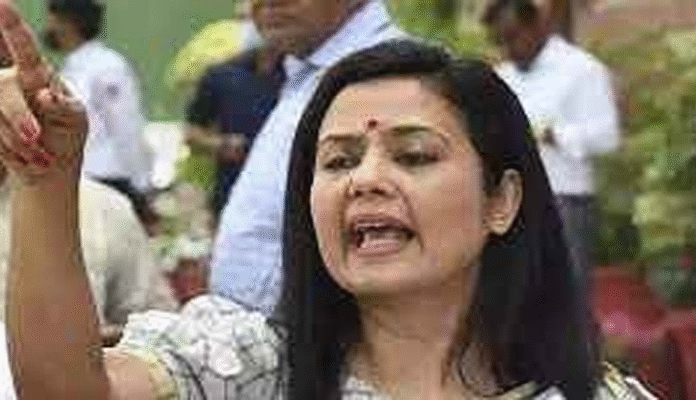
“World Bank Report Shocker: 344 Million Indians Were Poor in 2011, Only 75 Million Left Now”
New Delhi: In a stunning endorsement of India’s developmental strides, the World Bank has revealed that nearly 27 crore Indians (269 million) have been lifted out of extreme poverty between 2011-12 and 2022-23, marking one of the most significant poverty reductions globally in the past decade.
According to the report, India’s extreme poverty rate nosedived from 27.1% in 2011-12 to just 5.3% in 2022-23. In absolute terms, the number of Indians living under the extreme poverty line plummeted from 344 million to 75 million during the same period.
Poverty Reduction Driven by Heartland States
States like Uttar Pradesh, Maharashtra, Bihar, West Bengal, and Madhya Pradesh—once hotspots of poverty—spearheaded the shift, accounting for 65% of the poor in 2011-12 but contributing to nearly two-thirds of the national poverty reduction.
Using the $2.15/day poverty benchmark (adjusted to 2017 prices), the poverty rate in India fell sharply from 16.2% to 2.3%, shrinking the extremely poor population from 205 million to just 33.6 million.
Rural and Urban India Witness Mirrored Success
-
Rural poverty: 18.4% → 2.8%
-
Urban poverty: 10.7% → 1.1%
This dramatic fall in both rural and urban poverty highlights the widespread and inclusive nature of India’s development over the past decade.
Multidimensional Poverty Also Sees Big Drop
India has also made significant progress in tackling multidimensional poverty—which includes deficits in healthcare, education, and living standards. The Multidimensional Poverty Index (MPI) dropped from 53.8% in 2005-06 to 15.5% in 2022-23, showing continued momentum.
Government Schemes Credited for the Transformation
As the NDA government completes 11 years under Prime Minister Narendra Modi, this report arrives as a major boost. The Centre credits transformative welfare schemes like:
-
PM Awas Yojana (housing),
-
Ujjwala Yojana (clean cooking fuel),
-
Jan Dhan Yojana (banking inclusion),
-
Ayushman Bharat (healthcare)
Additionally, Direct Benefit Transfers (DBTs), digital public infrastructure, and improved rural connectivity are cited as key levers that empowered over 250 million Indians to break free from the poverty trap.
“This is not just statistical progress—this is human transformation,” said a senior official, adding that the development model is being studied globally for its scale and speed.



